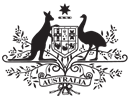The Dreyfus Files - The Age
Today, across vast stretches of arid Australia, roams the largest feral camel population in the world.
Since camels were introduced to Australia in the late 19th century to haul material and supplies, their numbers have exploded to about 1 million, and the population now spans large parts of Western Australia, South Australia, Queensland and the Northern Territory.
For more than 100 years wild camels have been an incredible menace to local ecosystems, to pastoral properties and to indigenous communities. With their large hooves the camels cause significant trampling damage, they muck up the waterways, trash stock fences and cause significant damage to pastoral infrastructure.
They compete against Australian native animals for food and water, and are thought to be threatening local extinction of some marsupials, and plant species such as quandong and plumbush.
Environmentalists have long campaigned for something to be done about the camels, whose numbers are estimated to be growing at about 10 per cent per year and doubling every nine years.
An independent committee is now in the process of assessing whether these destructive herbivores might just get the equivalent of a bounty on their heads.
The government has legislation before the parliament to set up a Carbon Farming Initiative, a carbon offsets scheme to provide new economic rewards to farmers and other landholders who help the environment by reducing carbon pollution.
Actions that store carbon, such as tree planting or changes to soil management practices, would generate credits that could be sold to companies wanting to offset their own carbon pollution. And credits will also be created by actions to reduce agricultural emissions, such as reduced methane emissions from feedlots and reduced nitrous oxide emissions from fertiliser use.
Last week the independent committee set up by the government to advise on which activities will be credited under the scheme, put out for consultation a proposal to credit feral camel culling as part of the Carbon Farming Initiative.
Because not only do feral camels wreak havoc on local ecosystems, the draft methodology indicates that each feral camel is responsible for about a tonne of greenhouse gas emissions per year.
Due to the digestive processes camels undergo when consuming food, camels release a significant amount of methane, a potent greenhouse gas with a global warming potential of 21 times the global warming potential of carbon dioxide.
With an average lifespan of more than 30 years, each feral camel can cause more than 30 tonnes of greenhouse gas emissions over its lifetime.
If the Domestic Offsets Integrity Committee approves this proposal, we could see economic incentives in place to reduce the camel population.
Australia, like many developed countries, has long sought to reduce the impact we have on our own environment. In many cases, while communities may have wanted to improve the environmental performance of their land or their agricultural production, the required action simply hasn't been economically viable.
It's hoped that for many projects across Australia the Carbon Farming Initiative will change all of that. For the first time we will see an accreditation system in place to recognise actions being taken to reduce carbon pollution across regional and remote Australia.
From improved soil, to the planting of more trees, to the reduction of dangerous greenhouse gases, Australia will be taking the important steps that have eluded us thus far, to improve our environment and ensure we are doing our fair share to tackle dangerous climate change.



